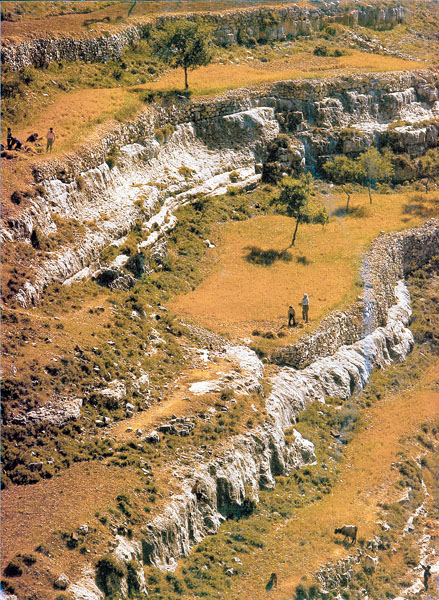
The traditional landscapes of Israel, rich resources of information about particular areas, are rapidly disappearing. Soon there won’t be much left to study. Without understanding the larger landscape “sites,” towns, villages and farms are simply islands floating in an ocean of nothingness.

Archaeologists don’t generally take much interest in landscape history. True, the conventional archaeological survey has been a focus since the 1940s, but archaeology in Israel still deals mostly with settlement types (tells and villages). And landscape archaeology is different from an archaeological survey. Indeed, inadequacies in survey results actually led to a resurgence of interest in landscape archaeology.
In the 1870s Claude R. Conder and Herbert H. Kitchener of the Survey of Western Palestine first applied landscape historical analysis to this part of the world. More recently, Israeli geographers and other researchers have undertaken projects involving landscape archaeology in the Negev, the Judean Wilderness, Samaria, the central highlands, areas outside of Jerusalem, the Golan Heights and elsewhere, studying the morphology of ancient agricultural field systems, irrigation systems, terraced hills, roads and paths, among other features.
Already a library member? Log in here.
Institution user? Log in with your IP address.

